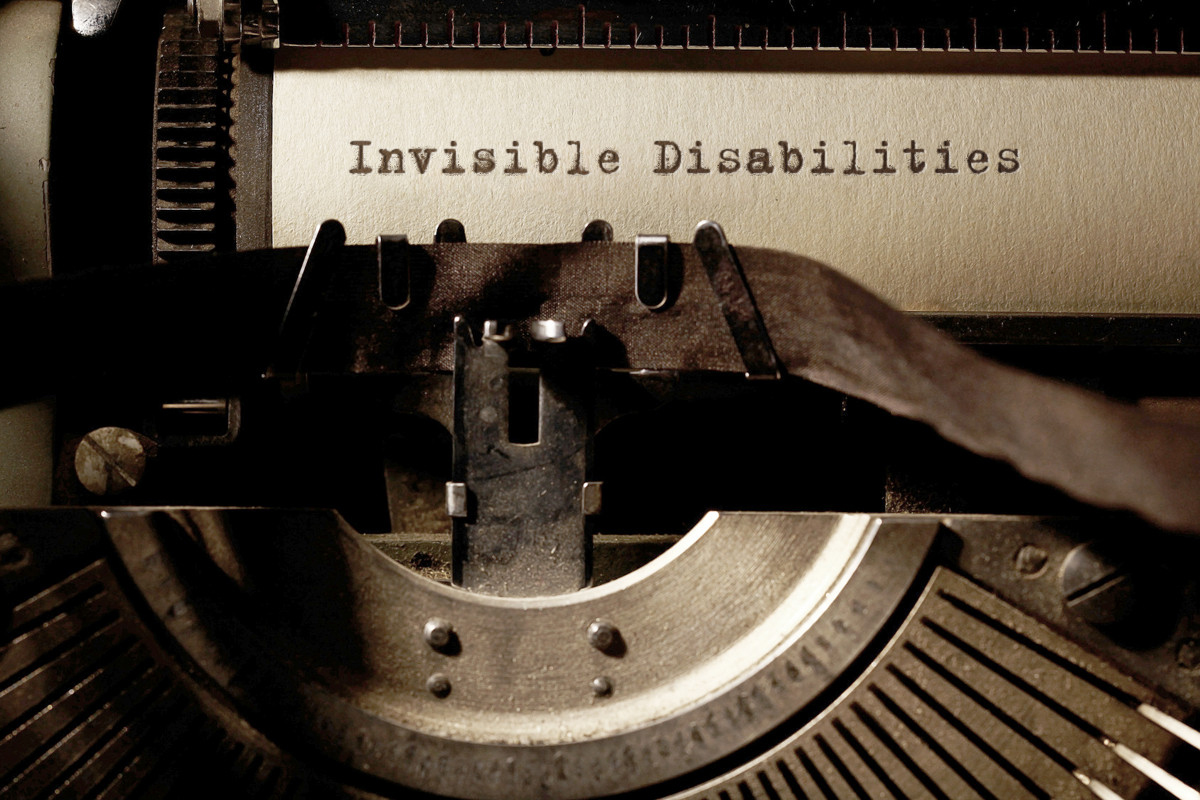When Family Is Unsupportive
An insightful article exploring why some families are unsupportive, particularly towards invisible disabilities like OCD, and offering practical, compassionate ways to protect emotional well-being and move forward.
DISABLED ENTREPRENEUR – DISABILITY UK
Disability UK Online Health Journal – All In One Business In A Box – Forum – Business Directory – Useful Resources – Health – Human Rights – Politics
DISABLED ENTREPRENEUR – DISABILITY UK
Disability UK Online Health Journal – All In One Business In A Box – Forum – Business Directory – Useful Resources – Health – Human Rights – Politics
Browsing Category

An insightful article exploring why some families are unsupportive, particularly towards invisible disabilities like OCD, and offering practical, compassionate ways to protect emotional well-being and move forward.

Ableism often arises from assumptions about what disability “looks like.” Seeing someone pushing a wheelchair instead of sitting in it might lead others to assume there is nothing wrong with the person.

Explore the relationship between gluten intolerance and Multiple Sclerosis (MS). Learn what the research says, possible links through inflammation and gut health, and whether a gluten-free diet may help some people with MS.

Functional Neurological Disorder (FND) can change a life in an instant. One man’s courageous journey reveals the hidden reality of living with a condition that disrupts the brain’s ability to send and receive signals—despite normal scans and test results. Through weakness, tremors, mobility challenges, and daily unpredictability, he has discovered resilience he never knew he had. By sharing his story, he hopes to break the stigma, raise awareness, and empower others who feel unheard. His message is simple: FND is real, recovery is possible, and no one should face it alone.

There is no single national rule for residents’ bays. The national Blue Badge concessions do not automatically include resident-only bays; councils set local rules. Some allow Blue Badge parking in resident bays; others prohibit it. What this means: If your street is “Permit Holders Only” (or similar), check the sign and your council’s website. If resident bays aren’t listed among places Blue Badges can be used, you’ll likely need a resident permit/exemption or a dedicated disabled bay issued by the council.

People with OCD don’t “choose” their thoughts or compulsions. Telling someone to “just get over it” is dismissive, harmful, and perpetuates ableist attitudes. If someone has lived with OCD for decades and tried all known interventions, Cognitive Behavioural Therapy (CBT), Exposure and Response Prevention (ERP), medication, counseling, and even alternative therapies such as hypnosis, it is unjust to boil their suffering down to a fad.

Invisible disabilities deserve recognition, understanding, and respect. Ableist attitudes rooted in ignorance and dismissiveness create barriers that can be just as disabling as the condition itself. Instead of questioning someone’s reality or minimising their struggles, we should listen, believe, and support. The lived experiences of those with invisible disabilities, like the editor who has battled OCD for decades, remind us that what cannot be seen can still have profound impact. True inclusivity means dismantling ableism and embracing empathy.

Stress can play a major role in memory lapses, especially for people living with OCD and trauma. When the mind is overwhelmed by anxiety, daily pressures, or too many competing tasks, it can become harder to focus on intrusive thoughts or compulsions. Preoccupation with other responsibilities may naturally push the urge into the background, allowing it to fade over time. In this way, stress and distraction, although challenging, can sometimes disrupt the cycle of OCD by creating moments where the compulsion is forgotten.

A letter from your GP, along with copies of your medical history, is crucial for a successful PIP claim. These documents provide solid evidence of your condition, detailing your symptoms, treatments, and how the disability affects your daily life. By presenting medical records, you offer a comprehensive view of your needs, ensuring the decision-making process is based on factual and reliable information. This approach increases the accuracy of your claim and helps prevent any potential discrepancies or delays.

There are a lot of media discussions relating to invisible disabilities and illnesses, these conditions, while not immediately apparent to the casual observer, can significantly impact an individual’s daily life, often presenting unique challenges that are difficult to understand or quantify.